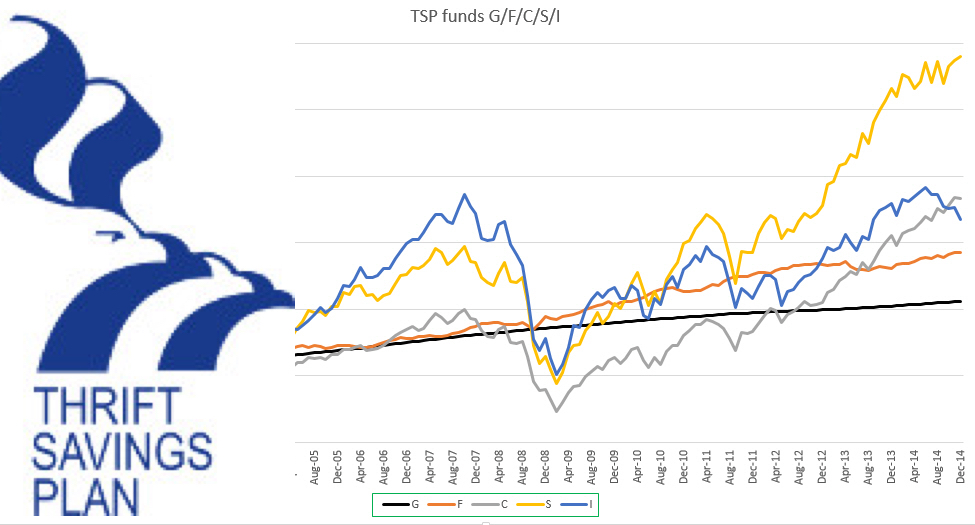Congressional Aides Looking for Greener Investments

It’s been rough for many federal staffers and aides who are concerned about climate change because the retirement funds they’ve been paying into are part of the problem.
The Thrift Savings Plan (TSP) is the investment program offered to most service people and federal employees, and there are few stock market options available to them that are environmentally green.
Research done by As You Sow, a nonprofit organization that keeps track of environmental issues in regards to corporations, makes note that most funds offered by the TSP have large holdings in fossil fuels, generally regarded to be the main source of global warming.
While other holdings are allowed to be offered, the TSP hasn’t come up with alternatives because federal employee unions aren’t prioritizing it. But that may soon change, as aides and the congresspeople they work for are beginning to look at the correlation between their retirement funds and environmentally friendly policies in order to more properly align people’s financial futures with their personal values.
A lot of federal employees are aware of the hypocritical nature of benefiting off of environmentally destructive stocks while simultaneously trying to change the economy to a less fossil-fuel dependent model. That is until you realize, there are no other options.
Anyone invested in the TSP would have their money put into these kinds of environmentally unsound companies just by virtue of how the TSP is organized. But it wasn’t set up like that. Between the 1920s and 80s, the government would match worker pension up to 56 percent. By the end of that era though, the federal government had rolled back their pension plan in favor of the TSP, in which employees would supplement their own pensions by putting part of their earnings into stocks. The TSP is now automatic for all federal workers, and anyone in civil service is enrolled.
So, What Does the TSP Offer?
At a half a trillion dollars, the TSP manages the retirement funds for over 5 million people. It is similar to a 401(k) for non-federal workers. The government matches at 5 percent of their investees salary.
Payouts on the TSP are figured out by the investments taken and the money put into it.
Currently, the law dictates that only three stock market index funds can be offered to the people enrolled. The reasoning behind this is that these funds are wider than most market options, which makes them less likely to be manipulated and keeps the costs of operating it low.
The downside to this is, as mentioned above, that federal workers are implored to put their money into the fossil fuel industry, such as The C Fund (made up of large US companies such as Exxon Mobil) the S Fund (smaller companies not included in the C Fund, and making up a significantly smaller portion of the investment) and the I Fund (international held companies, including things like Shell, BP, Total SA, and Royal Dutch.)
There are also investments in industries such as producers of palm oil and other brands that have been linked to deforestation.
Even with these questionable companies, the TSP still doesn’t disclose all their company holdings. Adding to that, even the congresspeople looking to make the environmental reform a platform are also beholding financially to the same retirement fund, and as such, beholden to the fossil fuel industry.
A Way Out
A bill passed in 2009 by then President Obama gave federal employees a way out of investing in fossil fuel companies, but over ten years later and the Thrift Savings Plan Enhancement Act still been finished being set up and put into place.
The Recession is partially to blame, as markets dipped during the first portion of Obama’s eight-year term.
The second reason is the board itself, who weren’t sold on the idea, to begin with, and didn’t actively pursue it for a long time.
But in 2014, that sentiment started to shift when the FRTIB passed a plan to look into getting more mutual fund offerings integrated into the TSP. This is still underway today and will need approval from the board before it can be implemented.
Rebuilding the Industry
Its been argued though that the disparity between environmental activism and being invested in the fossil fuel industry is part of the reason that the government hasn’t regulated it with any sort of efficiency. But that doesn’t mean the industry can’t shift. With new, greener technology and stronger regulations, the fossil fuel industry might lose its value. And if that were to happen, then the TSP would have to look to invest elsewhere.
Aides and staffers are aware of how their concerns about the environment might be economically bad for them, at least in the short term. A bill to cut out fossil fuel consumption would surely cause an oil company’s stock to suffer, which in turn would affect the TSP fund.
That is why it is such a precarious situation and one that is taking a long time resolve. The path to a greener future can’t be paved with the financial well-being of lower and middle-class families looking to change it.








